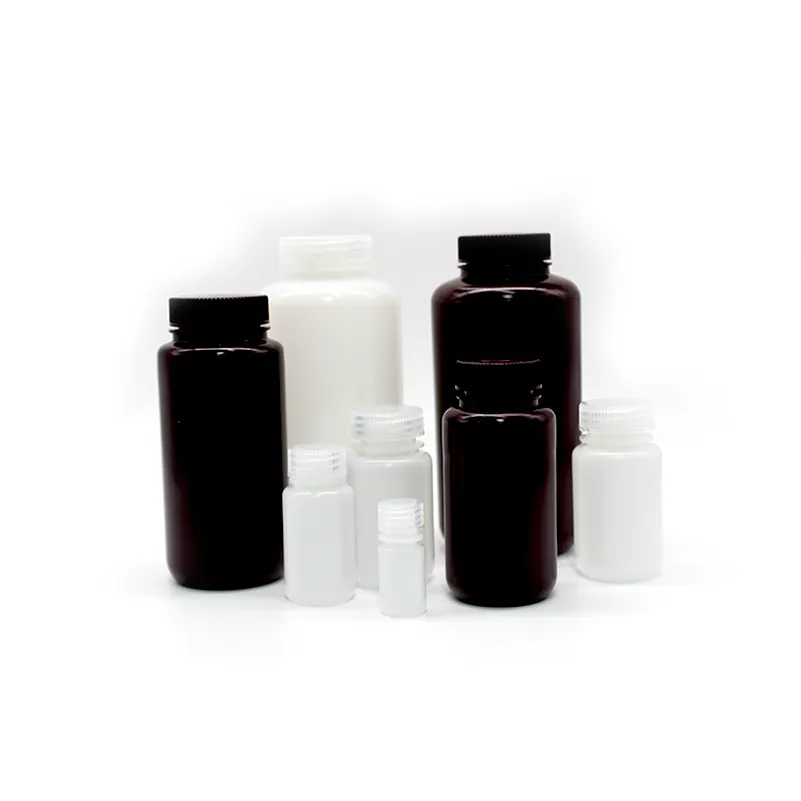soda bottle plastic type
Understanding Soda Bottle Plastic Types A Comprehensive Guide
Soda bottles are ubiquitous in our daily lives, serving as a staple for hydration and refreshment. However, while we often take these containers for granted, the type of plastic used to manufacture them plays a crucial role in both their functionality and environmental impact. Understanding the various types of plastic used for soda bottles is essential for making informed choices about recycling, consumption, and environmental sustainability.
The Common Plastic Types
The most prevalent type of plastic used in soda bottles is PET (Polyethylene Terephthalate), categorized under recycling symbol 1. PET is favored for its lightweight nature, strength, and clarity. It is a cost-effective option that helps maintain the carbonation of soda, ensuring that drinks remain fizzy until consumed. One of the key advantages of PET is its recyclability; it can be reprocessed into new products such as fibers for clothing, carpeting, or even new bottles, making it a relatively sustainable choice.
Another type of plastic sometimes found in soda bottles is HDPE (High-Density Polyethylene), labeled as 2. While less common for carbonated beverages, HDPE is used for some soft drink containers. It is known for its high strength-to-density ratio, making it incredibly durable and resistant to impact. Like PET, HDPE is also recyclable, although it is often used for products that require sturdier materials.
The Environmental Impact
soda bottle plastic type

The environmental implications of soda bottle production and disposal cannot be overlooked. Although PET and HDPE can be recycled, large quantities end up in landfills or the ocean due to improper disposal. As plastic waste persists in the environment, it poses a severe threat to wildlife and marine ecosystems. Furthermore, the production of these plastics contributes to greenhouse gas emissions, highlighting the importance of reducing consumption and improving recycling efforts.
Recycling and Sustainable Practices
Promoting a circular economy is vital for mitigating the environmental impact of plastic bottles. Consumers can play a significant role by actively recycling their soda bottles and choosing brands that prioritize sustainable packaging. Many companies are now incorporating recycled materials into their products and are transparent about their practices, allowing consumers to make environmentally conscious choices.
Efforts are being made to develop biodegradable alternatives to traditional plastics. Research into plant-based plastics and other sustainable materials is ongoing, and innovation in this field is crucial for reducing our reliance on fossil fuel-derived plastics.
Conclusion
In conclusion, understanding the different types of plastic used in soda bottles, primarily PET and HDPE, helps consumers recognize the implications of their choices. By being aware of the recyclability of these materials, consumers can take actionable steps toward reducing plastic waste. Embracing sustainable practices and supporting companies committed to environmental responsibility will be instrumental in addressing the plastic crisis. Moving forward, we must collectively strive for a greener future by reconsidering our consumption habits and advocating for innovations in sustainable packaging solutions.
-
Aesthetic Makeup Spray Bottles | Fine Mist Empty RefillableNewsAug.19,2025
-
White Plastic Veterinary Vaccine Vials | Lab Liquid BottlesNewsAug.18,2025
-
Plastic Medicine Liquid Bottle: Secure Flip Top Drug VialsNewsAug.17,2025
-
Durable 250ml Blue Plastic Vaccine Vial for Lab & Vet UseNewsAug.16,2025
-
Sterile Virus Sample Tubes: Secure & Reliable Specimen CollectionNewsAug.15,2025
-
White 250ml Plastic Vaccine Vial for Lab & Vet MedicineNewsAug.14,2025
























